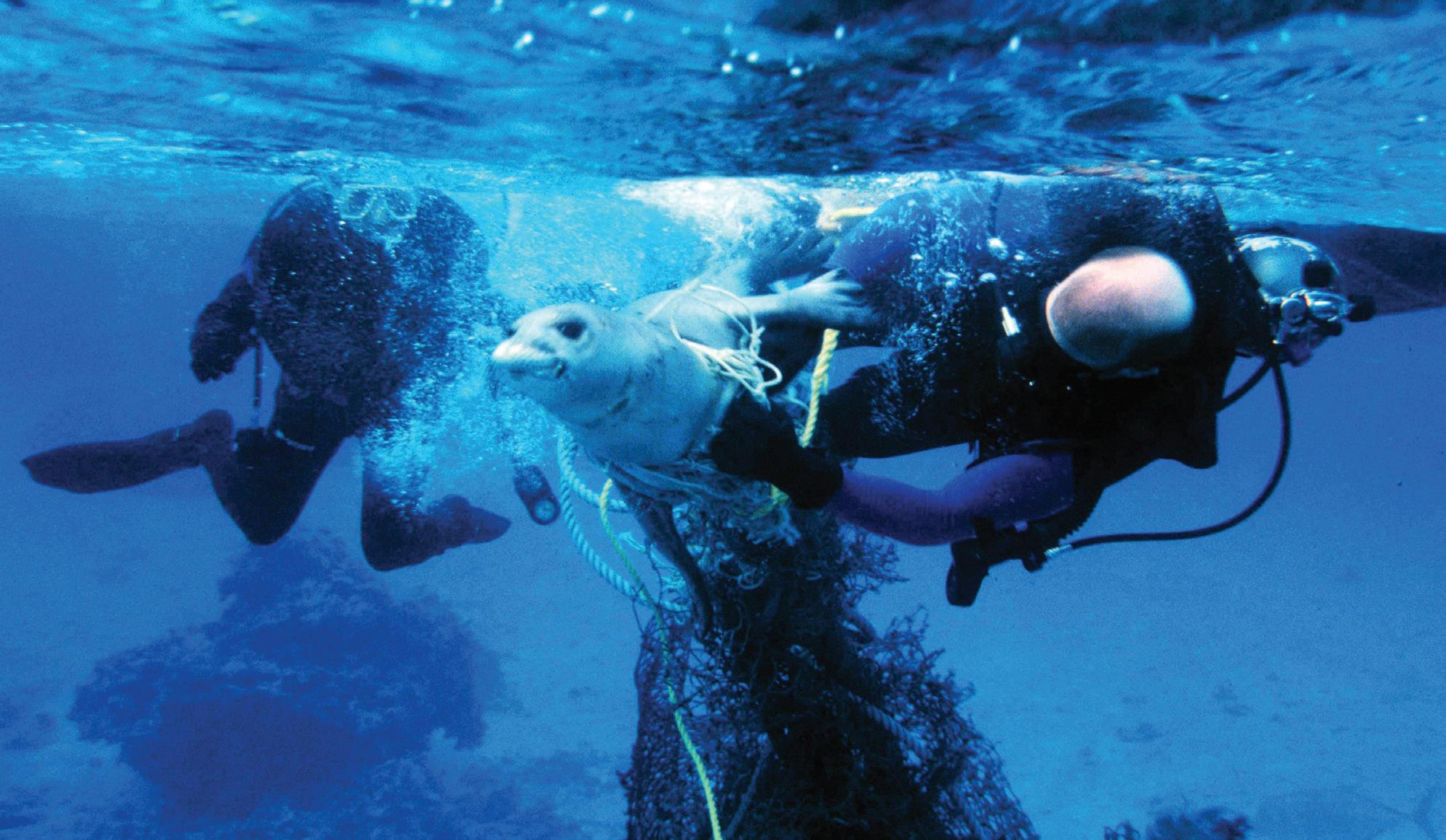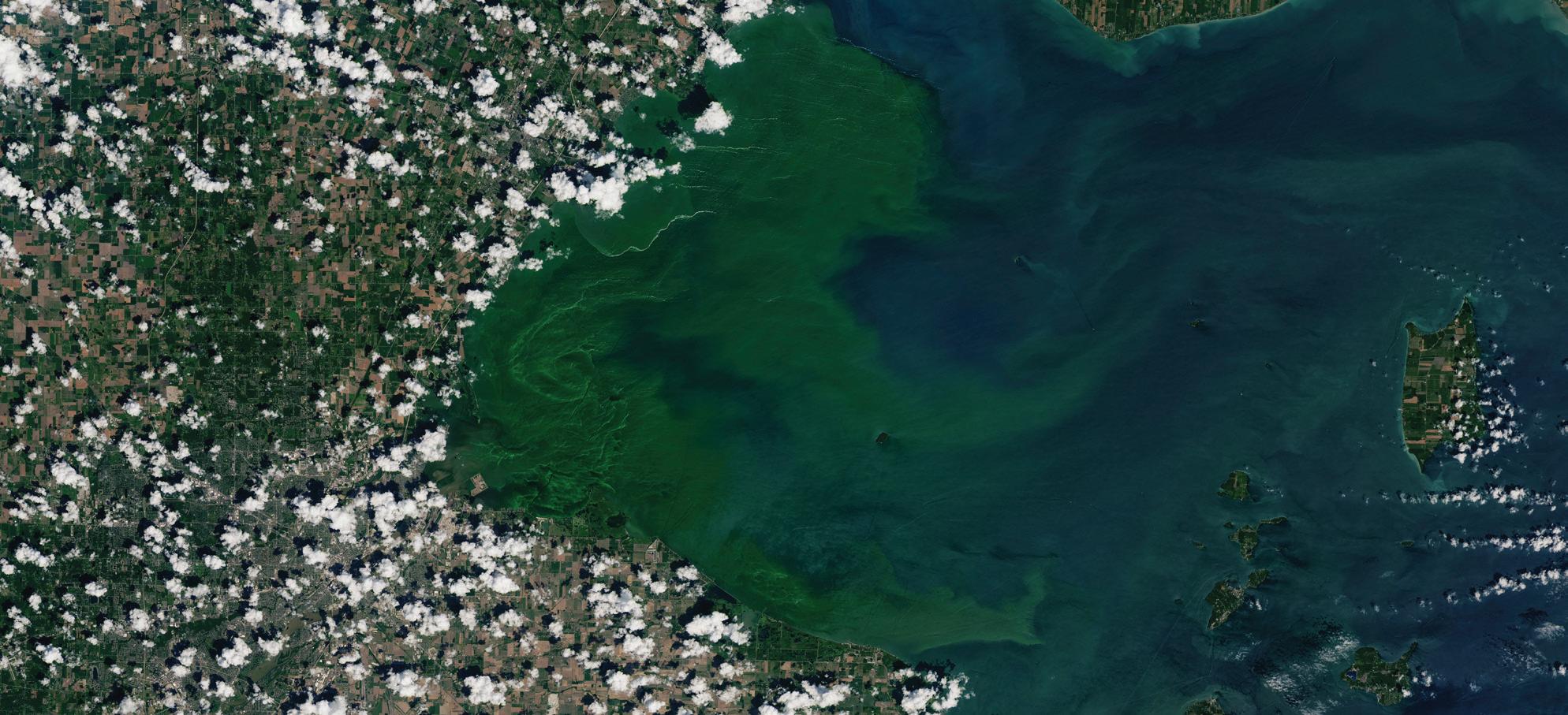NOAA: A Community of Science, Service, and Stewardship Building a diverse and inclusive workforce
D
iversity matters for science, and NOAA understands that the success of its missions depends on the diversity and inclusiveness of its workforce. It’s a principle stated emphatically by Dr. Neil Jacobs, assistant secretary of commerce for environmental observation and prediction, and NOAA’s acting administrator, in his introduction to NOAA’s Diversity and Inclusion Strategic Plan: “It is impossible to articulate,” he wrote, “how critical a role diversity and inclusion play in helping NOAA effectively accomplish its mission.” When we think of all the partners NOAA collaborates with, we think in terms of delivering service, which demands a workforce capable of understanding and responding to a variety of communities and stakeholders. It’s increasingly clear – and substantiated by research – that the work of framing and solving complex problems, as scientists do, is best served by diverse teams of thinkers. Groups composed from diverse experiences and expertise are more creative and innovative, bringing new questions, ideas, energies, and perspectives to old problems – perspectives less likely to be clouded by the familiar. The ability to see problems differently is often the key to scientific breakthroughs.
2005
“For a scientific agency like NOAA,” wrote Jacobs, “innovation is a key driver of growth. Without diversity, we limit our ability to innovate. Without inclusion, diversity becomes meaningless, and any benefits associated with diversity will not be realized. The two concepts are inseparable, and begin with an inclusive environment.” NOAA’s efforts to increase diversity and inclusion are aimed both inward and outward. Internally, its policies and procedures emphasize a commitment to a diverse and inclusive workplace. More important, NOAA encourages a culture that values diversity and inclusion as mission-critical assets. It has adopted an enterprise-wide vision within its Office of Inclusion and Civil Rights, which monitors and encourages the cultivation of principles throughout NOAA. “NOAA’s diversity profile has risen as a result of that,” said Kenneth Bailey, who directs the office, “and in addition, we’ve started a variety of different programs to bring awareness to the importance of diversity and inclusion.” One of these programs is the annual Diversity and Inclusion Summit, first organized in 2016 by a group that included Dr. DaNa Carlis, a meteorologist and program manager
for the Oceanic and Atmospheric Research Weather Program Office. The first summit attracted a few hundred participants, but the number of NOAA managers and staff attending has more than doubled since – over a thousand attended the most recent event held in September, highlighted by Michael Bush, the keynote speaker from Great Place to Work. NOAA’s José E. Serrano Educational Partnership Program with Minority Serving Institutions (EPP/ MSI) supports the training and graduation of students and increases the participation of students from traditionally underrepresented minorities – and in so doing, develops eligible candidates for NOAA’s workforce and mission-related enterprises. EPP/MSI supports four Cooperative Science Centers located at three Historically Black Colleges and Universities, Howard University, University of Maryland Eastern Shore, and Florida A&M University and one Hispanic Serving Institution, the City College of New York. The EPP/MSI centers include 24 academic institutions that work together to train students in core NOAA mission fields: remote sensing technology and atmospheric, oceanic and environmental sciences. Over time, the EPP/MSI centers have supported
Hurricane Katrina generates “One-NOAA response”; NOAA’s National Hurricane Center, Navigation Response Teams, National Weather Service Remote Sensing Division, NOAA HAZMAT teams, NOAA ships, the Coastal Services Center, and Sea Grant offices are examples of many forms of assistance provided by NOAA. NOAA begins expansion of U.S. tsunami detection and warning capabilities in response to the December 2004 Indian Ocean tsunami.
128









































